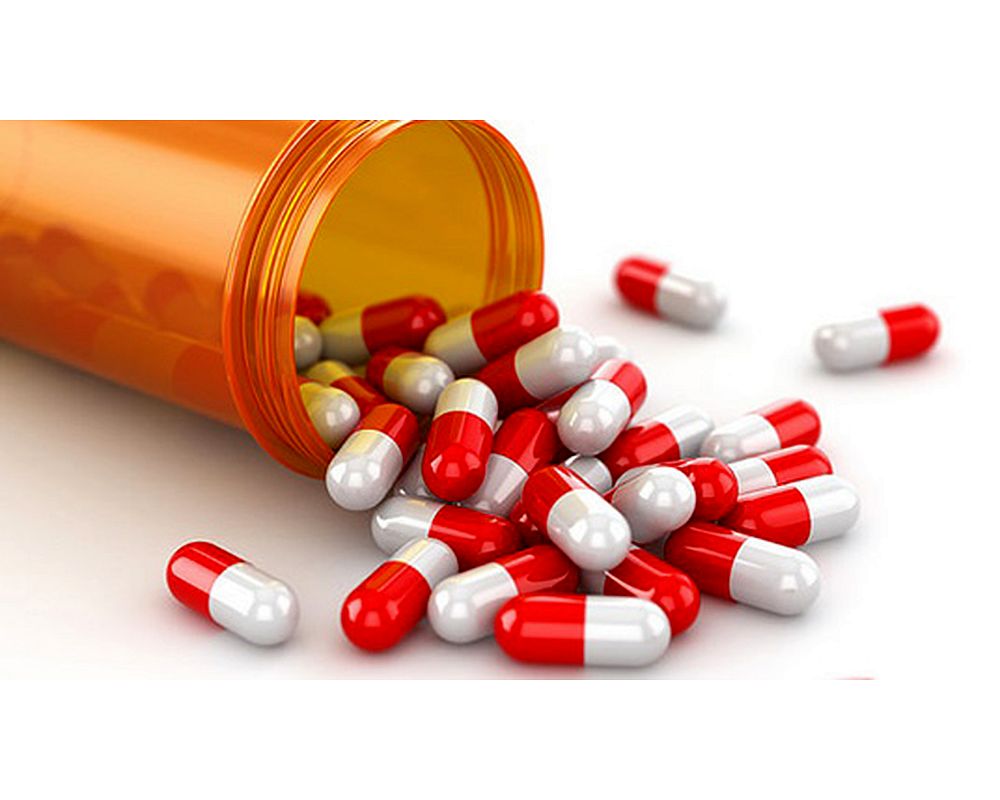Antibiotic prophylaxis (AP) in pediatric dentistry is indicated only in high-risk patients for infective endocarditis (IE) or specific systemic conditions, before dental procedures that involve gingival tissue, the periapical region, or oral mucosa perforation.
📌 Recommended Article :
PDF 🔽 Guideline on use of antibiotic therapy for pediatric dental patients ... These recommendations are intended to provide guidance in the proper and judicious use of antibiotic therapy in the treatment of oral conditions.The first-line regimen is amoxicillin, while clindamycin is no longer recommended due to its adverse effect profile. The dose must be administered 30–60 minutes before the procedure (up to 2 hours after if forgotten).
Advertisement
✅ Indications: Which children need antibiotic prophylaxis?
AP is reasonable in pediatric patients with high-risk cardiac conditions undergoing invasive dental procedures:
° Prosthetic cardiac valves or prosthetic material for valve repair.
° Previous history of IE.
° Certain congenital heart diseases: unrepaired cyanotic CHD, CHD repaired with prosthetic material (first 6 months), or repaired CHD with residual defects.
° Cardiac transplant with valvulopathy.
AP is not recommended for other congenital heart conditions, for non-invasive dental procedures, or routinely for prosthetic joints.
📌 Recommended Article :
PDF 🔽 Antimicrobial therapies for odontogenic infections in children and adolescents ... We share a literature review that establishes guidelines for antimicrobial therapy in infections of odontogenic origin and clinical recommendations.✅ Dental procedures requiring AP
° Yes: procedures involving gingival manipulation, periapical region, or oral mucosa perforation.
° No: anesthesia in non-infected tissue, dental radiographs, orthodontic appliance placement/adjustment, shedding of primary teeth, trauma to lips/mucosa.
✅ Pediatric antibiotic regimens (single dose, 30–60 min before procedure)
| Scenario | Antibiotic (Route) | Pediatric Dose | Max Dose | Timing | PK/PD Notes |
|---|---|---|---|---|---|
| First-line regimen | Amoxicillin (PO) | 50 mg/kg | 2 g | 30–60 min before | β-lactam; time-dependent (T>MIC). Renal elimination. |
| Unable to take PO | Ampicillin (IM/IV) | 50 mg/kg | — | 30–60 min before | β-lactam; T>MIC. Renal elimination. |
| Unable to take PO | Cefazolin or Ceftriaxone (IM/IV) | 50 mg/kg | — | 30–60 min before | Cephalosporins; T>MIC. Avoid in penicillin anaphylaxis. |
| Penicillin/ampicillin allergy (non-anaphylaxis) | Cephalexin (PO) | 50 mg/kg | — | 30–60 min before | Safe only if no history of anaphylaxis/angioedema. |
| Penicillin/ampicillin allergy | Azithromycin or Clarithromycin (PO) | 15 mg/kg | Azithro: 500 mg | 30–60 min before | Macrolides; AUC/MIC. Clarithro: CYP3A4 interactions. |
| Penicillin allergy (alternative) | Doxycycline (PO) | <45 kg: 2.2 mg/kg; ≥45 kg: 100 mg | — | 30–60 min before | Tetracycline; short use usually safe in children. |
📌 Recommended Article :
PDF 🔽 Pharmacological treatment of oral infections in pediatric dentistry - Recommendations and dose calculation ... In comparison, the metabolism of a drug in a child is different from that of an adult, so the administration of an antibiotic should be taking into account the diagnosis, age and weight of the pediatric patient.✅ Pharmacodynamics and pharmacokinetics
° β-lactams (amoxicillin, ampicillin, cephalosporins): bactericidal, time-dependent (T>MIC). Short half-life, renal elimination.
° Macrolides (azithromycin, clarithromycin): concentration-time dependent (AUC/MIC); azithromycin has a long half-life, clarithromycin is metabolized via CYP3A4.
° Doxycycline: broad distribution, concentration-dependent; short-course use does not cause permanent tooth staining.
✅ Practical considerations and stewardship
° Avoid clindamycin due to C. difficile risk.
° Avoid cephalosporins if prior anaphylaxis to penicillin.
° Do not prescribe AP for routine dental care or orthodontics.
° Delay elective procedures if the patient is already on antibiotics.
° Promote antibiotic stewardship: limit use, educate parents, and prioritize oral hygiene.
📌 Recommended Article :
Dental Article 🔽 Amoxicillin vs Clindamycin in Pediatric Dentistry: Updated Clinical Guide 2025 ... Choosing between amoxicillin and clindamycin in pediatric dentistry requires a clear understanding of their mechanisms of action, clinical indications, weight-based dosing formulas, and safety profiles.💬 Discussion
Evidence shows that AP prevents very few cases of IE, while maintaining good oral hygiene and controlling plaque reduce bacteremia more effectively. Current guidelines restrict AP to high-risk children undergoing invasive dental procedures. This approach reduces unnecessary antibiotic exposure and the risk of adverse effects.
✍️ Conclusion
Antibiotic prophylaxis in pediatric dentistry is not routine. It is indicated only for children with high cardiac risk undergoing invasive dental procedures. Amoxicillin 50 mg/kg (max 2 g) remains the first-line drug. Alternatives include oral cephalosporins, macrolides, or doxycycline (selected cases), with clindamycin excluded. Integration of antibiotic stewardship principles and collaboration with pediatricians and cardiologists is essential.
📌 Recommended Article :
Dental Article 🔽 Antibiotic Selection in Pediatric Dental Infections: Updated Clinical Criteria for U.S. Dentists ... However, antibiotic prescription in pediatric patients requires careful consideration of the likely pathogens, the child’s age and weight, medical history, drug allergies, and antibiotic pharmacokinetics.📚 References (APA)
✔ American Academy of Pediatric Dentistry (AAPD). (2024). Use of antibiotic therapy for pediatric dental patients (Best Practices). Chicago, IL: AAPD. https://www.aapd.org/globalassets/media/policies_guidelines/bp_antibiotictherapy.pdf
✔ American Academy of Pediatric Dentistry (AAPD). (2021, rev. 2023). Antibiotic prophylaxis for dental patients at risk for infection (Best Practices). Chicago, IL: AAPD. https://www.aapd.org/globalassets/media/policies_guidelines/bp_antibioticprophylaxis.pdf
✔ American Dental Association (ADA). (2022). Antibiotic prophylaxis prior to dental procedures. https://www.ada.org/resources/ada-library/oral-health-topics/antibiotic-prophylaxis
✔ American Dental Association (ADA). (2023). Antibiotic stewardship. https://www.ada.org/resources/ada-library/oral-health-topics/antibiotic-stewardship
✔ Wilson, W. R., Gewitz, M., Lockhart, P. B., Bolger, A. F., DeSimone, D. C., Kazi, D. S., ... & Baddour, L. M. (2021). Prevention of viridans group streptococcal infective endocarditis: A scientific statement from the American Heart Association. Circulation, 143(20), e963–e978. https://doi.org/10.1161/CIR.0000000000000969
📌 More Recommended Items
► Antibiotic Prophylaxis in Pediatric Dentistry: When and How to Use It Safely in 2025
► Updated Guidelines for Antibiotic Use in Pediatric Dentistry: Evidence-Based Recommendations
► Severe Dental Infections: Symptoms, Treatment & Antibiotics





